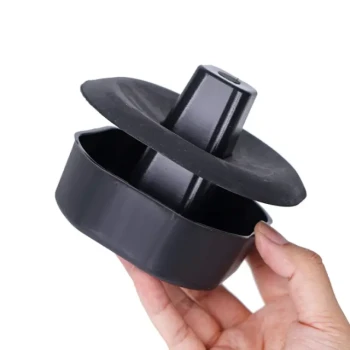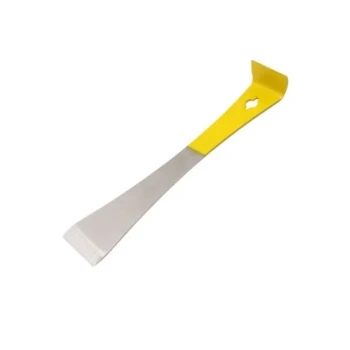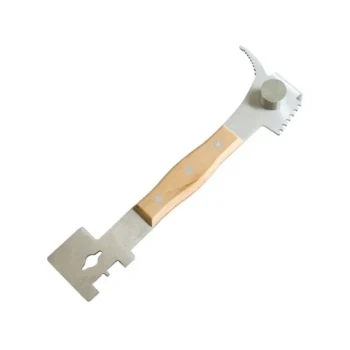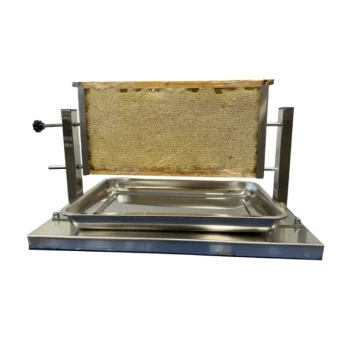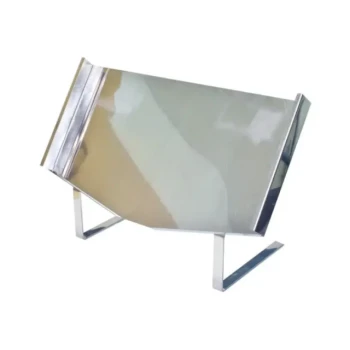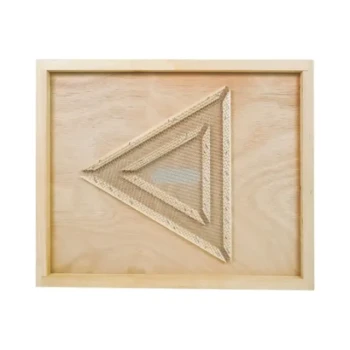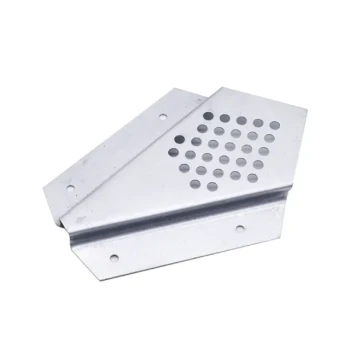The best stand for a beehive is one that balances durability with your available resources and skills. While custom-welded metal stands offer the ultimate in longevity and resistance to pests and rot, their construction requires specialized equipment. The most practical and common choice for many beekeepers is a simple wooden or masonry stand that reliably elevates the hive off the ground.
The core purpose of a beehive stand is not about a single "best" material, but about achieving three critical goals: protecting the hive from ground moisture and pests, improving ventilation, and making hive management more ergonomic for the beekeeper.
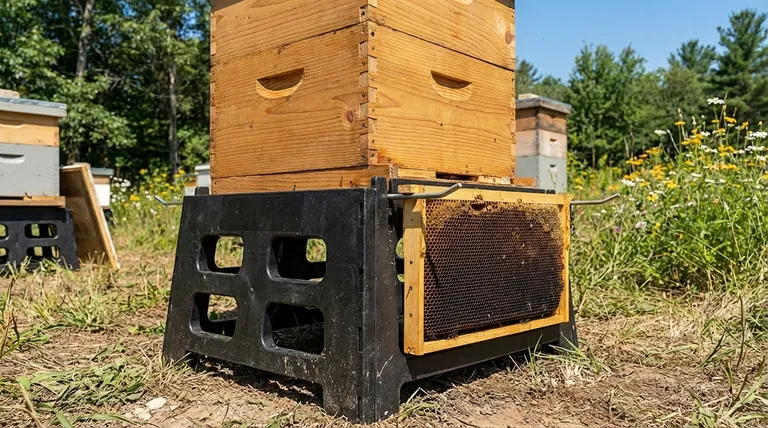
Why a Beehive Stand is Non-Negotiable
Before choosing a material, it's essential to understand the fundamental problems a stand solves. Placing a hive directly on the ground is a common and costly mistake for new beekeepers.
Beekeeper Ergonomics
A stand raises the hive to a comfortable working height. This significantly reduces the back strain involved in lifting heavy hive boxes, which can weigh over 50 pounds each during a honey flow.
Hive Health and Safety
Elevating the hive prevents ground moisture from seeping into the wood, which can lead to rot and create a damp, unhealthy environment for the bees. It also improves air circulation underneath the hive, reducing the risk of mold and fungus.
Pest and Predator Defense
Getting the hive off the ground creates a crucial barrier against pests like ants and small predators such as skunks. An elevated entrance is more defensible for the colony's guard bees.
Evaluating Common Hive Stand Materials
Your choice of material is a trade-off between longevity, cost, and the skills required for construction.
Metal Stands: The Lifetime Option
Metal is arguably the most durable material for a hive stand. It is impervious to termites and rot, will last a lifetime, and can often be constructed from readily available scrap metal like old bed frames.
However, this option has a high barrier to entry. It requires welding equipment and the skill to use it safely and effectively, making it impractical for many hobbyists.
Masonry Stands: The Permanent Base
Using materials like cinder blocks or bricks creates an incredibly stable and permanent stand. They are completely weatherproof and require minimal maintenance once set.
The primary drawback is their permanence. Once a masonry stand is in place, moving your hive's location becomes a significant project.
Wooden Stands: The Accessible Standard
Wood is the most common material for hive stands due to its low cost and ease of construction. Simple stands can be built with basic tools and materials found at any hardware store.
The downside is susceptibility to the elements. Wood will eventually rot and can be a target for termites, requiring periodic maintenance or replacement over the years.
Key Setup and Stability Considerations
Regardless of the material you choose, proper installation is critical for the health and stability of the colony.
The Importance of a Level Surface
Your hive stand must be perfectly level from side to side. Use a level during setup to ensure the foundation is stable. This allows the bees to draw out their comb straight down, which is essential for hive inspections and management.
A Slight Forward Tilt
While the stand should be level side-to-side, a very slight forward tilt (a few degrees) is beneficial. This allows any rainwater that drives into the entrance to drain out, preventing it from pooling on the bottom board.
Making the Right Choice for Your Apiary
Your ideal stand depends entirely on your goals and resources.
- If your primary focus is maximum durability and sustainability: A welded metal stand is the superior choice, provided you have the skills or budget to fabricate one.
- If your primary focus is a quick, low-cost, and simple start: A basic wooden stand is the most practical and accessible option for any beekeeper.
- If your primary focus is an immovable, permanent apiary: Cinder blocks or other masonry provide a rock-solid, worry-free foundation.
Ultimately, the best stand is the one that provides a stable, elevated, and level foundation for your bees to thrive.
Summary Table:
| Material | Pros | Cons | Best For |
|---|---|---|---|
| Metal | Maximum durability, pest/rot resistant, long-lasting | Requires welding skills/equipment, higher initial cost | Commercial apiaries, beekeepers prioritizing longevity |
| Masonry | Extremely stable, permanent, weatherproof | Difficult to move, not portable | Permanent, fixed apiary locations |
| Wood | Low cost, easy to build with basic tools, accessible | Susceptible to rot and pests over time | Hobbyists, beekeepers starting out or on a budget |
Ready to build a stronger, healthier apiary? The right equipment is the foundation of successful beekeeping. At HONESTBEE, we supply durable, wholesale-focused beekeeping supplies and equipment to commercial apiaries and distributors. Let us help you equip your operation for maximum efficiency and hive health.
Contact HONESTBEE today to discuss your wholesale needs and discover how our products can support your beekeeping success.
Visual Guide
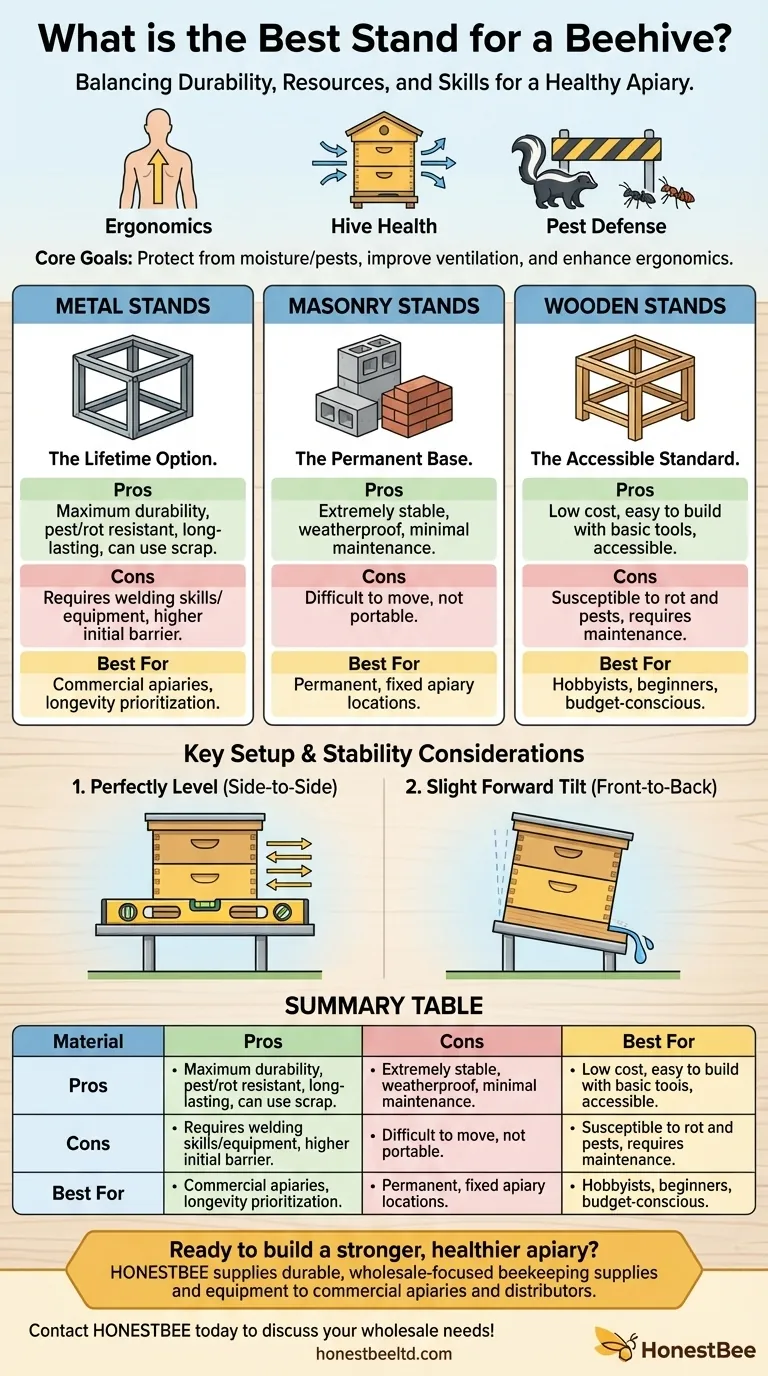
Related Products
- Plastic Bee Hive Stand for Beekeeping
- Metal Hive Feet Bee Hive Stand for Ant Protection
- Metal Bee Hive Stand Bee Box Stand for Beekeeping
- Wholesales Dadant Size Wooden Bee Hives for Beekeeping
- Professional Ant-Proof Beehive Stand with Integrated Moat for Beekeeping
People Also Ask
- Why is elevating the hive important? A Simple Step for a Healthier, More Productive Colony
- How do bees regulate the temperature of their hive during the summer? Discover Their Natural Cooling System
- How do plastic bee hives compare to wooden hives in handling? Reduce Strain & Boost Efficiency
- How do bees regulate ventilation and temperature in the hive? Master Hive Climate Control
- How does the longevity of plastic bee hives compare to wooden hives? Discover the Durable Choice




